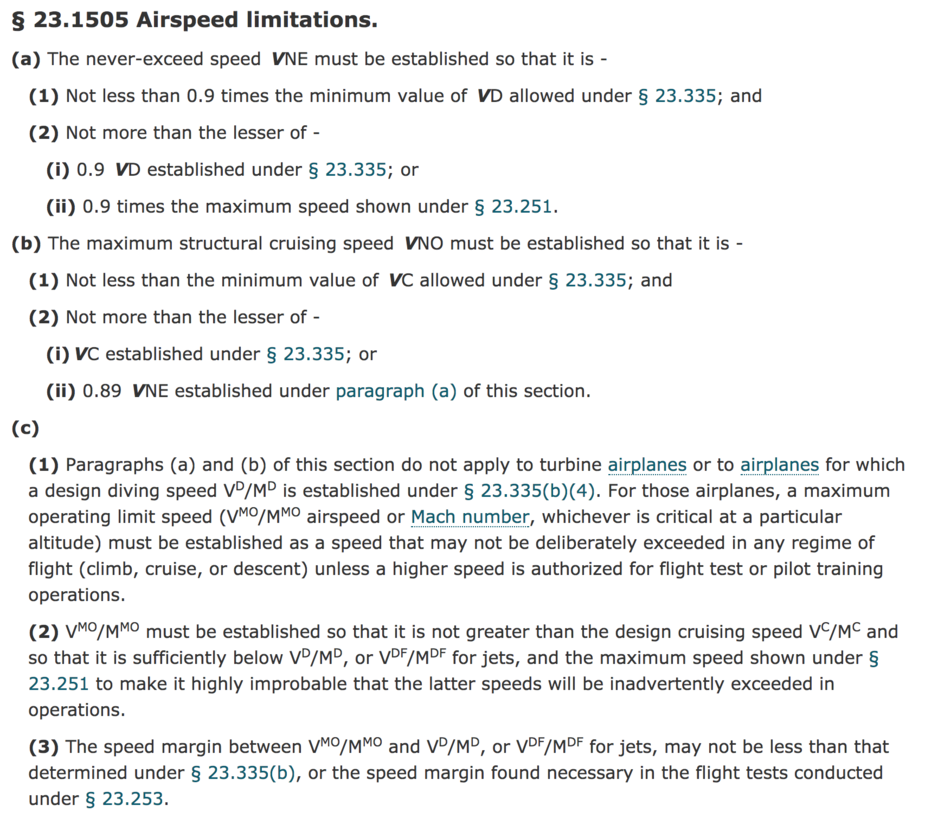Don’t forget to check your heater too .. Loosing it in the flight levels won’t be nice. I lost one at FL160 (-17C OAT that day) with my jacket in the back of the plane and no autopilot to go fetch it :cold_fingers:
I was always terrified of running the Janitrol in mine, so more times than not I was freezing my n*ts off. Something about the Janitrol, open flames, gasoline etc in the tail (on my last two planes) that really freak me out. I mean really. So glad the new one uses the bleed air as heating source…
Sorry to harp on about the Aerostar, but another benefit of it is that with a mod (that costs about $5K) you can install a heat exchanger that harvests the heat from the turbo bleed air and use that to heat the cabin. This gets rid of the Janitrol altogether. Had I kept mine that would have been first on the goddamn paranoia list, I can tell you that much!  Don’t know why not all aircraft with turbos have a similar system. Why waste free heat?
Don’t know why not all aircraft with turbos have a similar system. Why waste free heat?
AdamFrisch wrote:
but another benefit of it is that with a mod (that costs about $5K) you can install a heat exchanger that harvests the heat from the turbo bleed air and use that to heat the cabin.
I don’t know where, but I believe it was in this forum, that a Columbia 400 owner complained about this system not producing enough heat during prolonged descends from the flightlevels.
Most Chieftains run out of steam between FL200 and FL240. A C421 will give an extra 1000ft or so.
I’m intrigued about Timothy’s FL280 which is about 2000ft above the service ceiling. The PA31 cabin heaters basically give up at about FL170 and, in my experience, the -25deg below or lower one experiences is rather uncomfortable. When we do this stuff on trials we wear specialist clothing and are on O2 masks above FL180. It’s really not a nice place to be in a PA31.
Diamonds. I’ve had a 42 up to FL180 and I think it would go a little higher. Our 62s regularly go to FL200 and there’s plenty more capability left. Of course, both are operated within manufacturers limitations, just like our PA31s.
I’m intrigued about Timothy’s FL280 which is about 2000ft above the service ceiling.
My guess is that it was because we were light, half fuel and two pax.
But there is no question it was just going up and up 
A C421 will give an extra 1000ft or so.
I have also taken a C421 much higher than that, though I can’t remember exactly. Maybe 250? No problem at all. That was 3 POB and half fuel. (But the Janitrol did indeed fail and we got very cold. Down wasn’t available due the the TSs below us.)
Peter wrote:
How high can popular turbo SEPs actually go?
Any turbo Mooney?
Arne wrote:
The 231 is certified to 24.000ft, the 252 to 28.000 ft. Higher is RVSM-land anyway if I am not mistaken.
Interestingly, the Encore is back down to 25.000 ft, the Bravo as well.
The 252 was certified only for that single reason to name it “252” (mph) and it could only achieve that up very high. After that the modelnames changed to Encore, Bravo….., so >FL250 was not necessary any longer, IIRC.
achimha wrote:
Yes, most turbos have a maximum operating limit which is a hard certification limit while most NA piston planes don’t as their ponies become weak eventually.Or because the flutter margin would became to small.Sometimes this was done to not have to do too much testing and verification. Sometimes it was done for marketing reasons.
Indeed but the certification authority could do what they do with turboprop conversions and reduce the Vne figure. I vaguely recall that on a Jetprop Vne is the start of the yellow arc, which is really conservative and probably disregarded.
Peter wrote:
I vaguely recall that on a Jetprop Vne is the start of the yellow arc, which is really conservative and probably disregarded.
That is because the FAA certification rules do not have the notion of a yellow arc for turbine aircraft. To avoid having to re-certify the aircraft, JetPROP just set the beginning of the yellow arc to be the Vne.
14 CFR 23.1505 – Airspeed limitations
